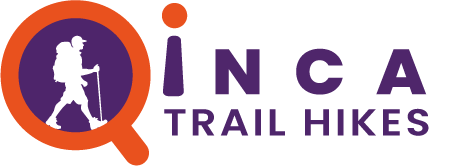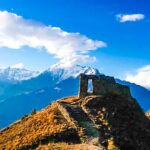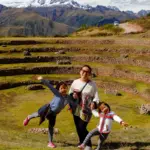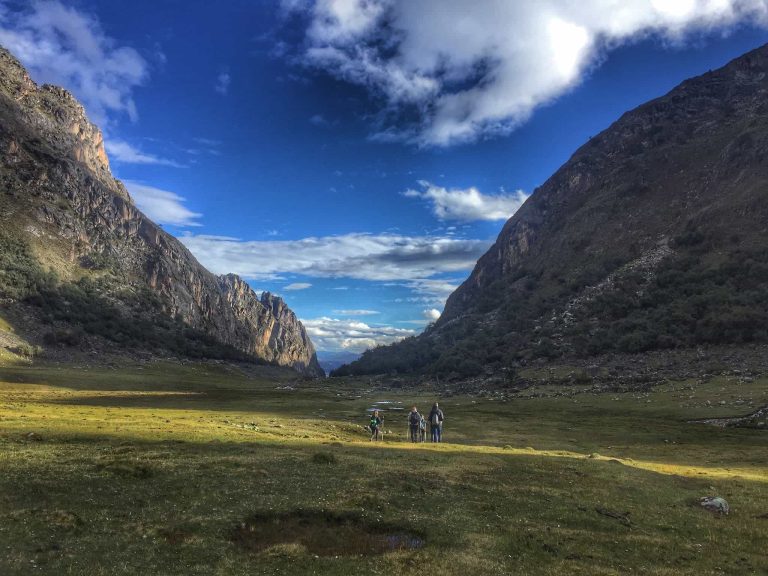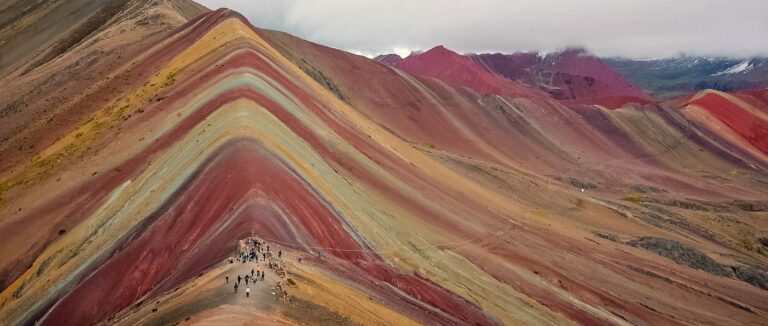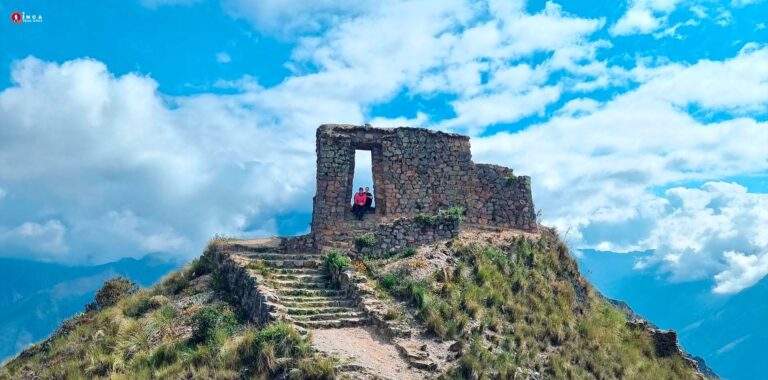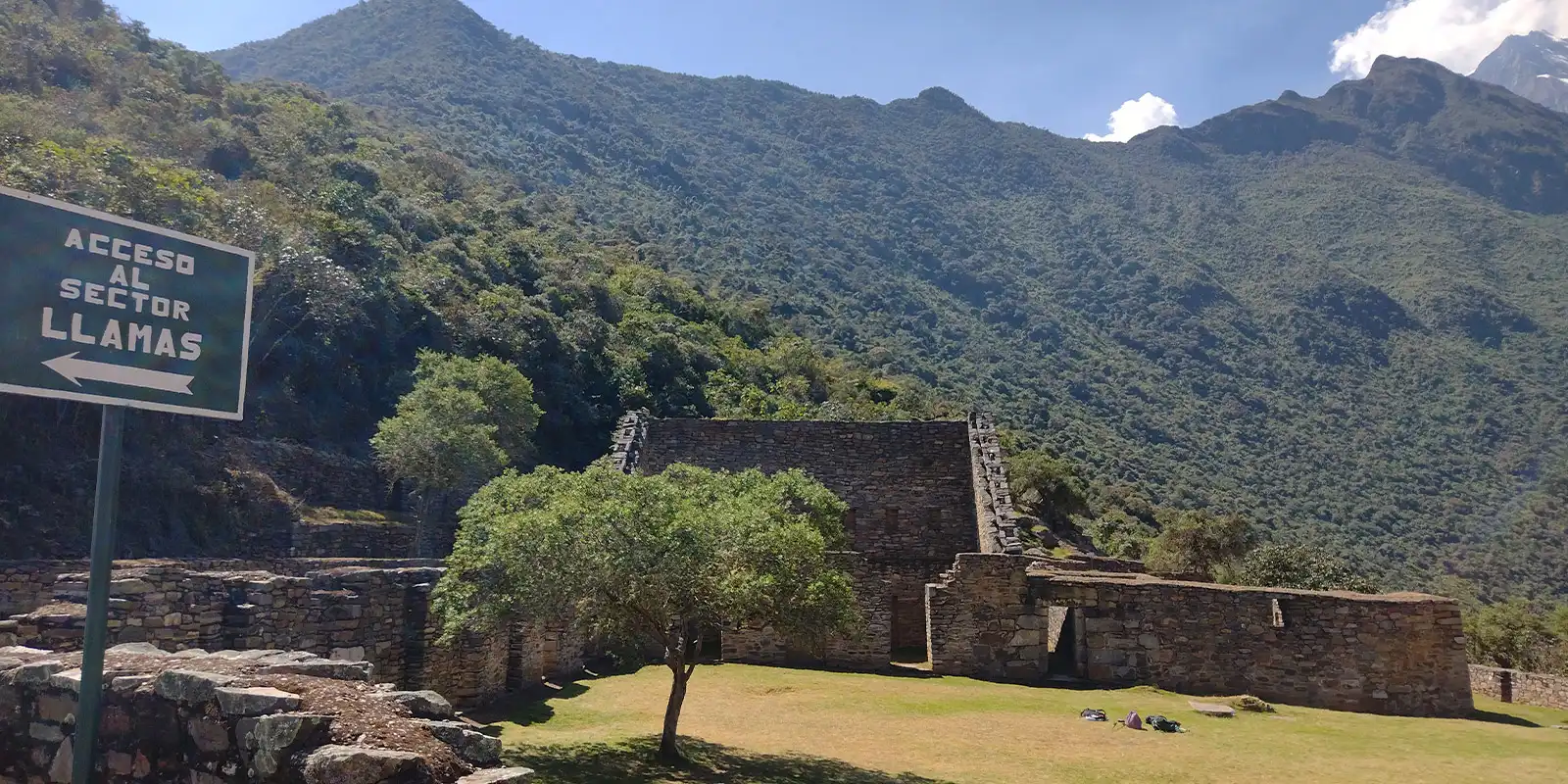
The Complete Travel Guide for Choquequirao Trek
A comprehensive guide to what this wonderous trek to Chquequirao has to offer. We give you the reason to visit, what to pack, what is the best time to go, a detailed itinerary and much more, this guide has you covered.
Known as the Jewel of the Andes or the sister of Machu Picchu, Choquequirao is an extraordinary Inca settlement. The trek can be challenging but the breathtaking ruins at the end of the trek make it a wonderfully rewarding experience.
The Choquequirao trek is one of the best hikes in Peru. There are a few different ways to do the Choquequirao trek. You can choose from three, four and five day hikes. Also available is the Choquequirao to Machu Picchu trek which you have a choice of 7 to 10 days. Depending on time, chose the best option for you.
Overview of Choquequirao Trek.
Traverse the semi tropical Andean forests, from the Andean altiplano to the lush high jungle, until you arrive at the awe inspiring Choquequirao Ruins. Due to its remote location, which requires a two day hike, Choquequirao receives a fraction of the visitors compared to Machu Picchu. It’s not uncommon to be alone at the site, as opposed to the nearly one million annual visitors at Machu Picchu.
This guide is to assist you in planning and preparing for your journey to the magnificent Choquequirao ruins. We aim to give you have all the necessary information before embarking on this challenging trek. The ruins boast remarkable features such as the famous llama rocks, ancient designs found nowhere else in Inca architecture. The reason behind this unique feature remains uncertain, with experts suggesting it might be a tradition inherited from earlier civilizations like the Chachapoyas, who once inhabited the area. By completing this trek, join the privileged few who have witnessed these enigmatic terraces firsthand.
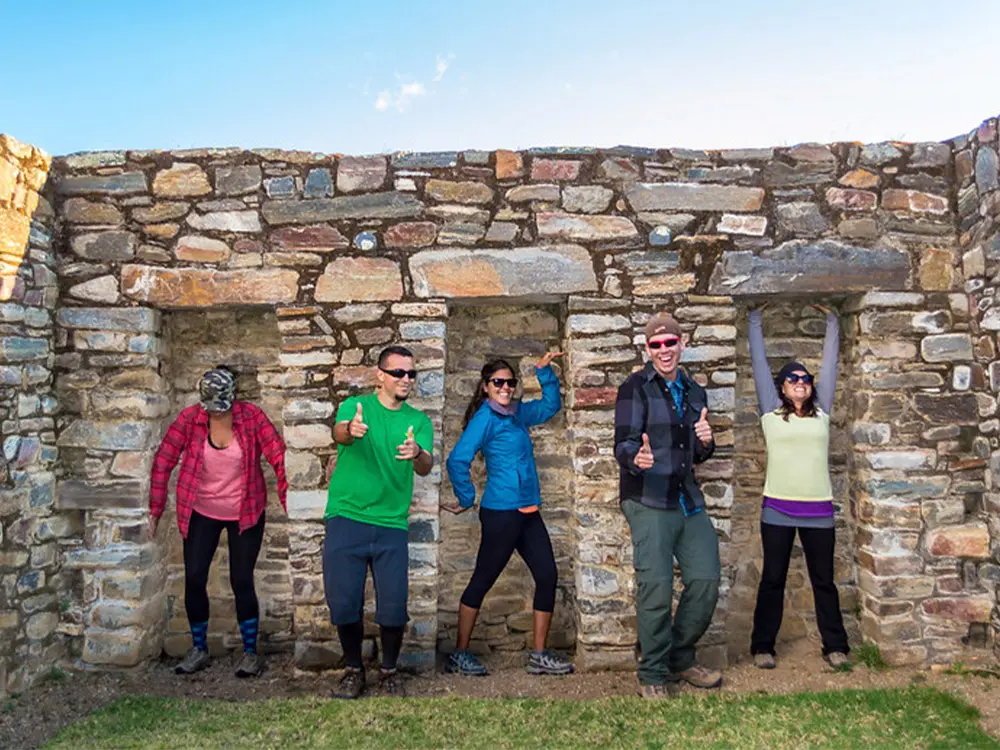
Getting to Choquequirao
After arriving in Cusco, the trailhead to Choquequirao can only be reached by charter bus or private vehicle. Trekking is the only way to access to Choquequirao, and it’s no easy feat. The journey entails approximately 2 days of full hiking to reach the archaeological site, with a total of 4 days to complete the trip. The campsites along the route are well-maintained, offering facilities not commonly found on other Andean trails. Each campsite provides running water, showers, toilet blocks, and even small shops selling snacks and drinks.
Best Time to Go to Choquequirao
The best time for the Choquequirao trek is between May and September.. WHY you may ask? Because is the the dry season and there is no rain. During the rainy season from October to April, the trail is often closed due to unsafe conditions and heavy rainfall.
Difficulty of the Choquequirao Trek
The Choquequirao trek is considered difficult and not suitable for the average hiker. The trail involves a steep ascent from the valley floor to the crest of the mountains, passing through high cloud forests that conceal Choquequirao.
To navigate the steep incline, the trail utilizes a series of zigzagging turns. Fortunately, the final stretch of the trail leading to the stone gates of Choquequirao is relatively level.
While the journey poses its difficulties, setting foot on the fully restored central plaza of the site for the first time will undoubtedly affirm that the effort was worthwhile. It is highly likely that you’ll have the Choquequirao ruins to yourself, as few others will be present during your visit.
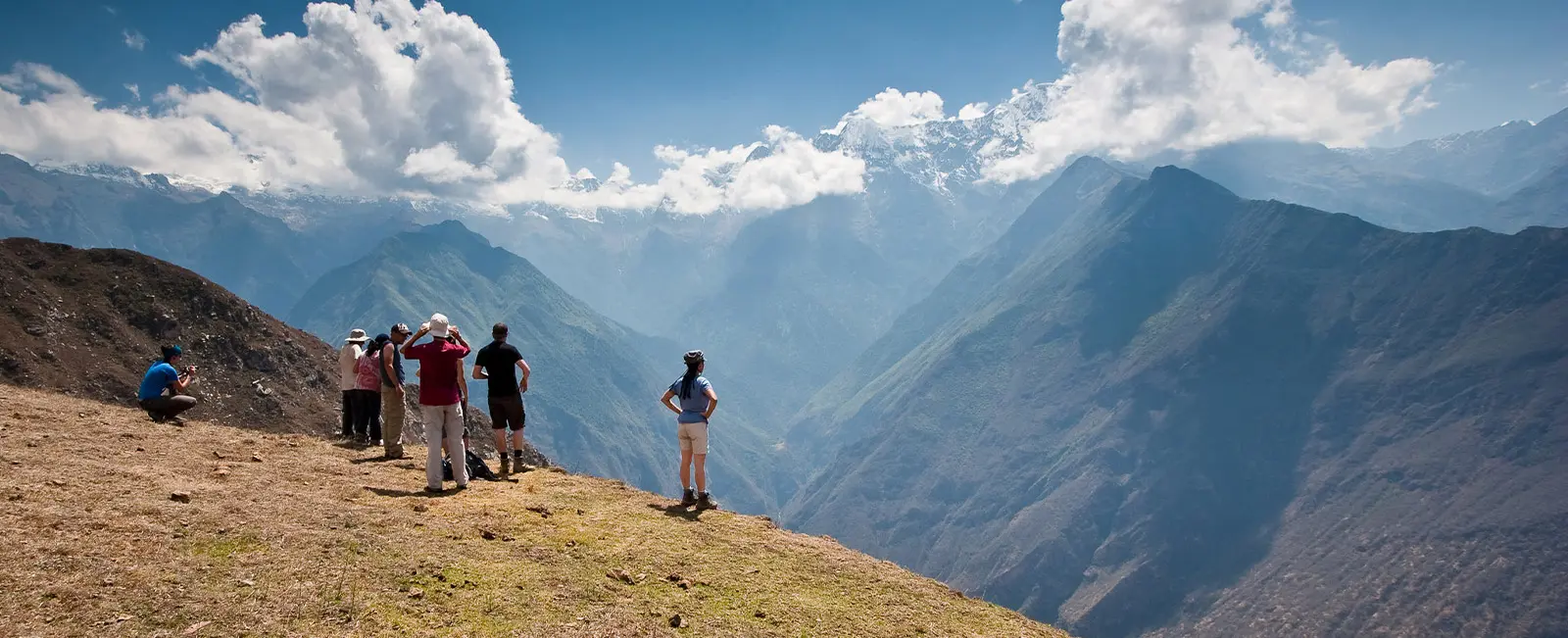
Choquequirao Trail Distances
Generally speaking, the three or five day Choquequirao treks are between 50 to 65km. Whereas, the 7 to10 day Choquequirao treks to Machu Picchu are around 110 to145km. As you can see, there is huge variation in the distances covered. This is despite the three, four and five day Choquequirao treks, and, the 7–10 day Choquequirao treks to Machu Pichhu, covering the same respective routes!
Guided vs. Independent Trekking
While it is possible to complete the Choquequirao trek without a guide with adequate preparation, it is strongly recommended to book with a professional company like Orange Nation Peru. Having a guide also offers the advantage of their historical knowledge regarding the purpose and significance of the ruins, as well as insights into Inca life. Inca Trail Hikes Peru provides a comprehensive Choquequirao Trekking package, which includes:
- Private transportation to and from the trailhead
- English-speaking guide
- Cook and cooking equipment
- All meals on the trek
- Snacks
- Cooking, eating, and bathroom tents
- Two-person tents
- Mule-handlers and mules
- Saddled horse (one horse for every six persons)
- First-aid kit and emergency oxygen bottle
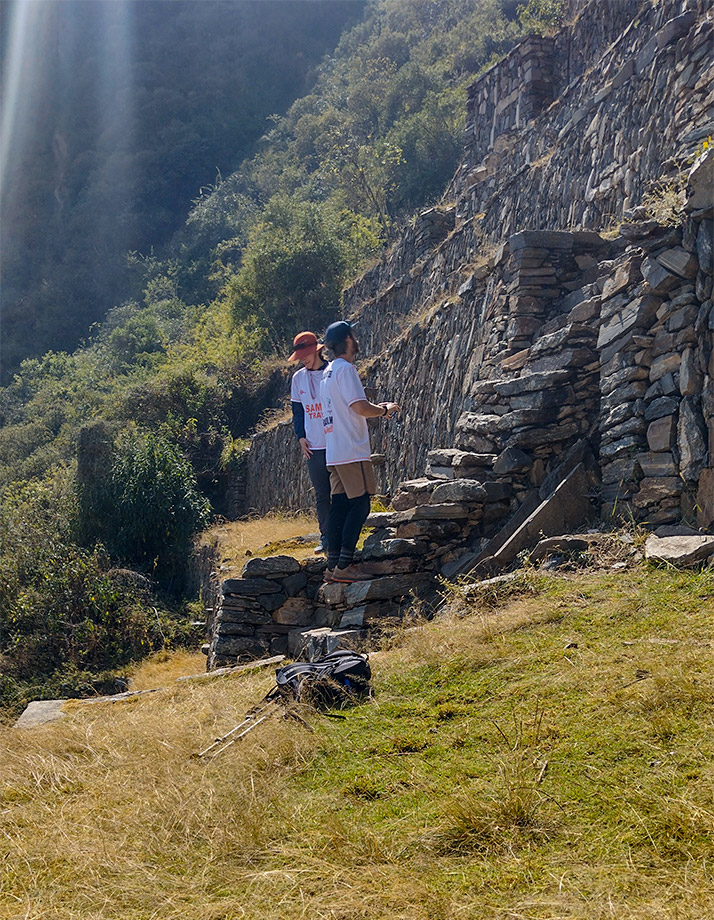
Altitude Sickness
Altitude sickness (AMS) can be a serious concern when exerting yourself at high altitudes. It affects approximately 20% of people at 8,000 feet and 40% of people at 10,000 feet. Given that elevations on the Choquequirao trek reach as high as 10,100 ft, it is highly likely that some form of altitude sickness may be experienced. To mitigate its effects, proper acclimatization, taking one’s time on the trail, and implementing preventive measures are crucial.
Recommendations for combating acute mountain sickness include acclimatizing in the Andes for 48-72 hours, consuming a light and high-calorie diet, staying hydrated, avoiding smoking and alcohol, pacing oneself on the hike, and taking breaks as needed.
It is also be advisable to consult a healthcare provider for anti-altitude sickness medication. Chewing coca leaves, drinking coca tea, or consuming coca candies, which are traditional remedies in the Andean region, can help alleviate AMS symptoms.
History
This site is believed to have served as a administrative and military capital of the Vilcabamba region. In the final years of the Inca Empire, Choquequirao became a defensive stronghold for the Inca as they resisted the Spanish, as they retreated into the Sacred Valley and the jungle.
The contruction of Choquequirao began around the year 1536. Experts believe that it was the last refuges by the Inca from the Spanish. One of its unique characteristics is its location, this site is boarded by the Andes and the Amazon. Today the site is known as the sister city to Machu Picchu.
Travel Tips For those seeking adventure and breathtaking natural landscapes, the ruins of Choquequirao are a must-visit! Remember to pack reliable waterproof gear, as the weather can be unpredictable depending on the season. Keep in mind that the ruins are situated at a high altitude, so the trek is recommended for individuals who consider themselves relatively fit.
Packing List Here is a list of items ranked from most to least important. Additionally, consult a Travel Advisor for more detailed information on what to bring.
- Backpack
- Appropriate hiking attire
- Proper footwear
- Sleeping bag
- Toiletries
- Mosquito repellent and sunscreen
- Camelback or water bottles
- Flip-flops (for the showers)
- Sunglasses
- Camera and extra batteries
Things You Need to Know About the Choquequirao Treks
Now you have choosen to trek to Choquequirao, here we will give you information about the trek. We know that there are different lengths of treks to chose from but there are other factors to consider.
Difficulty: the Choquequirao trek difficulty is very hard. Whether you do it over three, four or five days, you will still need to descend and ascend 1,400 metres to reach the ruins. Then, you’ll need to do it all again to return to the trailhead!
Altitude: the three-five day Choquequirao treks aren’t high altitude treks (although, the Choquequirao trek to Machu Picchu does reach 4,600m). The highest altitude for the Choquequirao three or five day treks is around 3,000 mt. So, the trek isn’t hard because of altitude. The trek is difficult due to the amount of elevation loss and gain. After all, you’re climbing down and then back out of a canyon – twice!
Trail navigation: the Choquequirao trail is easy to navigate. There’s plenty of signage. The exception is the Choquequirao to Machu Picchu trek, which requires more skilled navigation.
Water: the water from streams, rivers and taps is not drinkable. If you don’t have your own water filtration equipment, it’s easy to buy filtered water along the way.
Mosquitoes: once you descend the canyon and reach below 2,500 metres, you will meet plenty of mossies near the Apurimac River. Be prepared! Read Packing List For The Choquequirao Treks.
Tickets: you can buy them at the entrance.
Reconstruction: expect to see areas under repair and staff helping with maintenance of the site.
